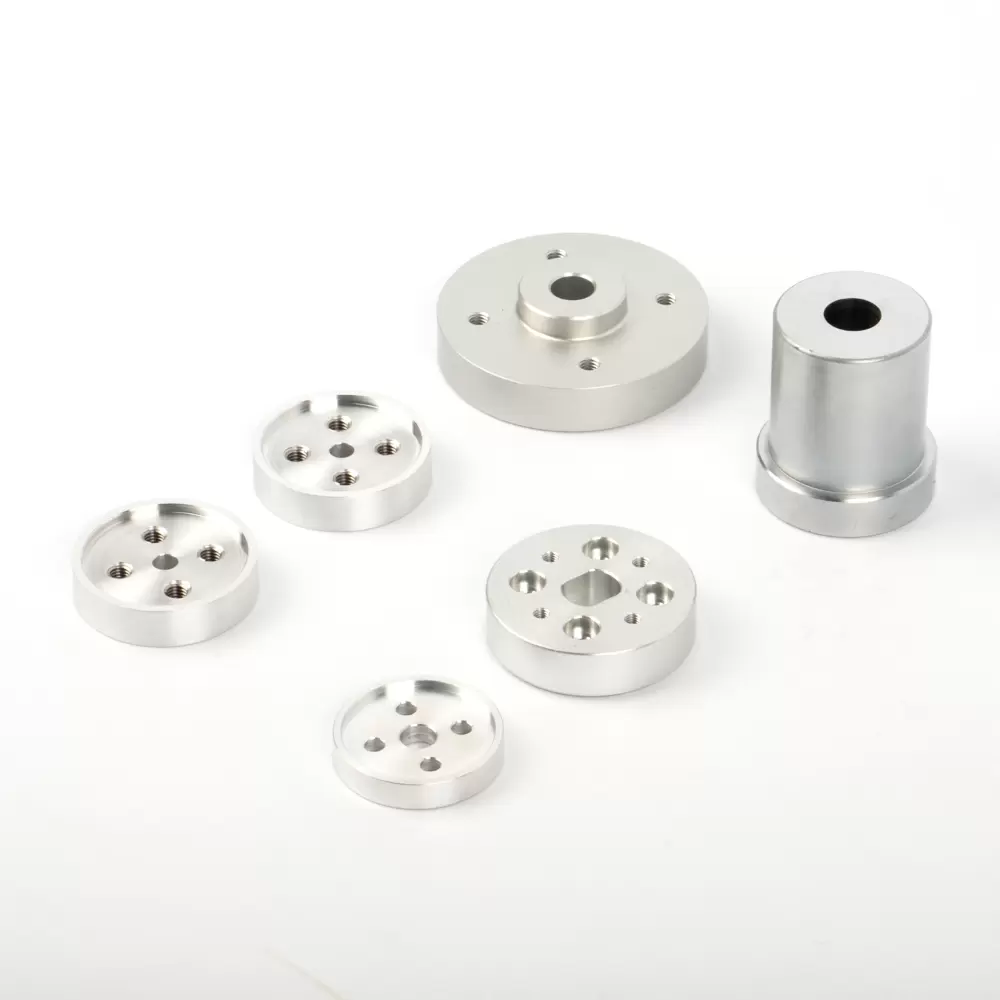- This topic is empty.
-
AuthorPosts
-
10/11/2025 at 14:58 #96628
In the age of digital manufacturing, CNC metal milling has become one of the most essential machining methods used across diverse industrial sectors. As industries demand higher precision, shorter lead times, and greater flexibility, CNC (Computer Numerical Control) technology has transformed traditional milling into an intelligent, automated process capable of producing complex metal parts with incredible accuracy.
From aerospace turbine blades to automotive engine blocks and medical implants, CNC metal milling enables efficient production of components that meet exact specifications. This article explores in depth the advantages of CNC metal milling in industrial production, highlighting how it enhances precision, productivity, and competitiveness in modern manufacturing.
1. What Is CNC Metal Milling?
CNC metal milling is a computer-controlled machining process that removes material from a solid metal workpiece using rotating multi-point cutting tools. The milling machine follows pre-programmed instructions — known as G-code — to shape the metal into the desired geometry with high precision.
Unlike conventional manual milling, CNC metal milling eliminates human error by automating movements along multiple axes, allowing for intricate and repeatable designs. It can work with a wide variety of materials, including:
-
Aluminum
-
Stainless steel
-
Titanium
-
Brass and copper
-
Inconel and other superalloys
CNC milling machines can be configured as 3-axis, 4-axis, or 5-axis systems, depending on the complexity of the parts and the required level of precision.

2. High Precision and Dimensional Accuracy
One of the most significant advantages of CNC metal milling is its unparalleled precision. In industrial production, where even a fraction of a millimeter can make a difference, CNC systems achieve tolerances as tight as ±0.001 mm.
This level of precision is essential for industries like:
-
Aerospace, where parts must fit together perfectly under extreme conditions.
-
Medical, where implants require exact geometries to ensure safety and compatibility.
-
Automotive, where high-performance engines demand flawless tolerances for efficiency.
CNC milling ensures that every component meets strict quality standards, minimizing rework and material waste.
3. Consistency and Repeatability
CNC metal milling provides consistent results across large production runs, a key advantage for mass manufacturing. Once a design is programmed into the CNC system, it can be replicated indefinitely without variation.
This level of repeatability guarantees:
-
Uniform quality across all parts.
-
Reduced inspection requirements.
-
Seamless assembly of complex systems where interchangeable parts are critical.
For example, an automotive manufacturer can produce thousands of identical engine components, all meeting the same dimensional standards, ensuring compatibility and reliability across production batches.
4. Ability to Create Complex and Intricate Designs
CNC metal milling opens the door to design complexity that is nearly impossible to achieve with manual methods. Modern 5-axis milling machines can manipulate tools and workpieces in multiple directions simultaneously, allowing for intricate shapes, undercuts, and contours.
This capability is particularly valuable for industries requiring customized or aerodynamic designs, such as:
-
Aerospace turbine blades.
-
Mold and die production for injection molding.
-
Custom mechanical components for robotics and automation.
CNC milling’s ability to execute multi-axis movements without manual repositioning reduces setup time and improves accuracy in complex geometries.
5. Enhanced Productivity and Efficiency
Automation is the heart of CNC machining’s productivity advantage. With minimal human intervention, CNC metal milling machines can operate continuously — even 24/7 in many factories — maximizing output and minimizing downtime.
Several features contribute to this efficiency:
-
Automatic tool changers allow rapid switching between different cutting tools.
-
Optimized cutting paths reduce machining time.
-
Advanced CAD/CAM integration streamlines design-to-production workflow.
The result is a highly efficient production environment capable of meeting tight deadlines without sacrificing precision.
6. Material Versatility and Adaptability
CNC metal milling is compatible with a wide range of metal materials, from lightweight aluminum to hard superalloys like Inconel. This versatility makes it suitable for nearly all industrial applications.
Manufacturers can easily adjust:
-
Cutting tools
-
Feed rates
-
Spindle speeds
-
Cooling systems
to match the properties of different metals, ensuring optimal performance and tool longevity. Whether producing precision aluminum aerospace parts or durable steel molds, CNC milling adapts seamlessly to the task.
-
-
AuthorPosts
- You must be logged in to reply to this topic.
